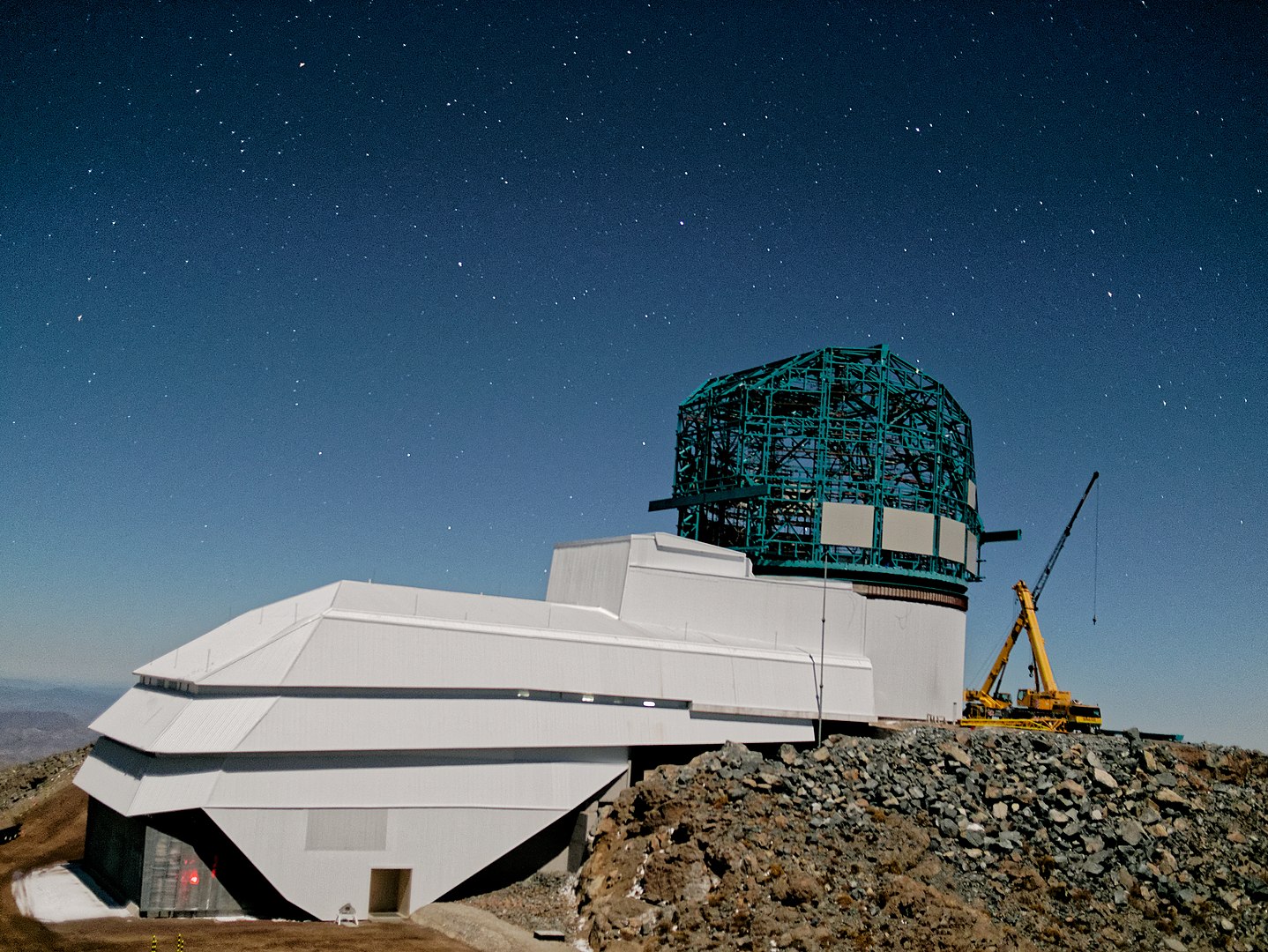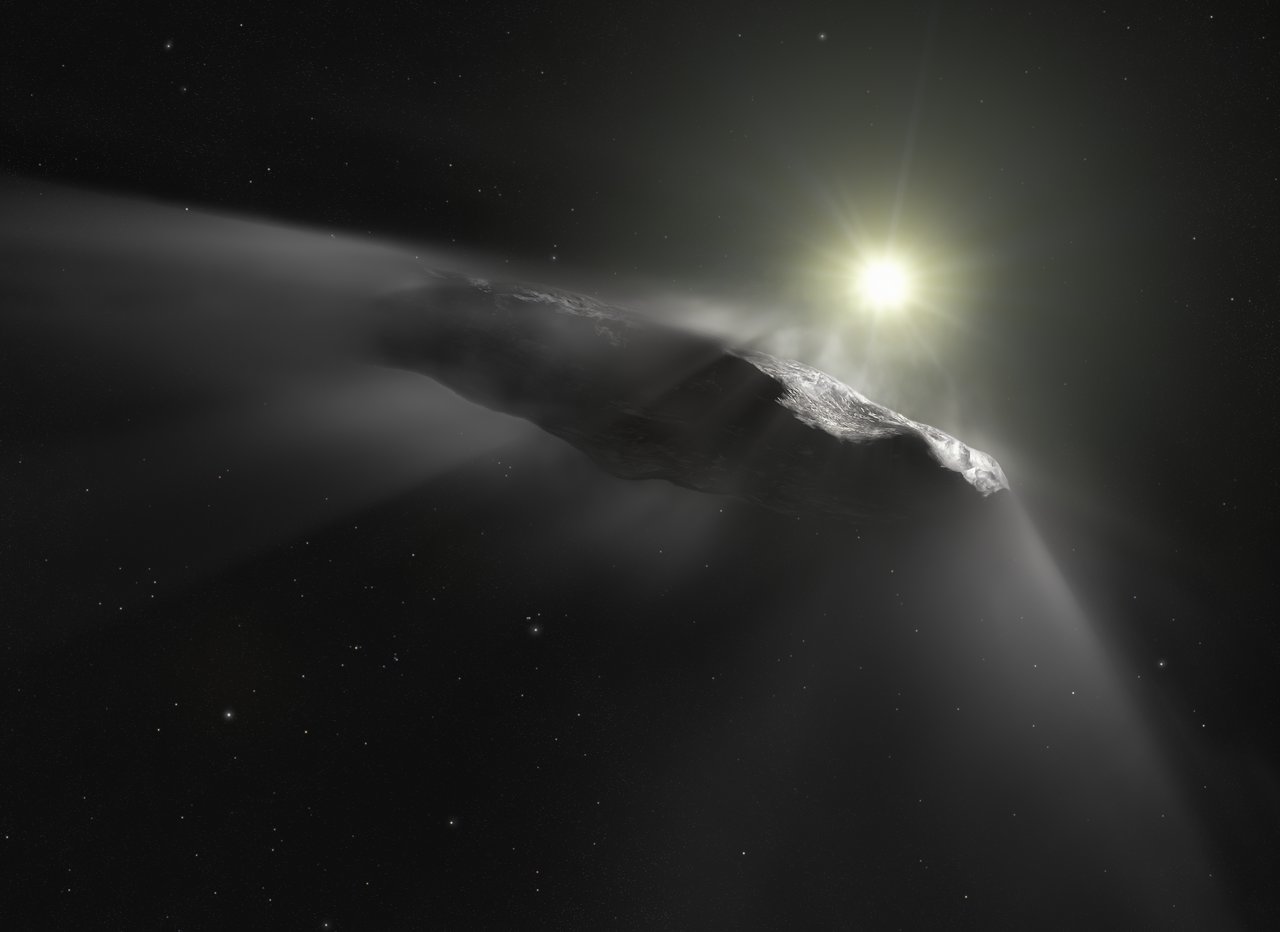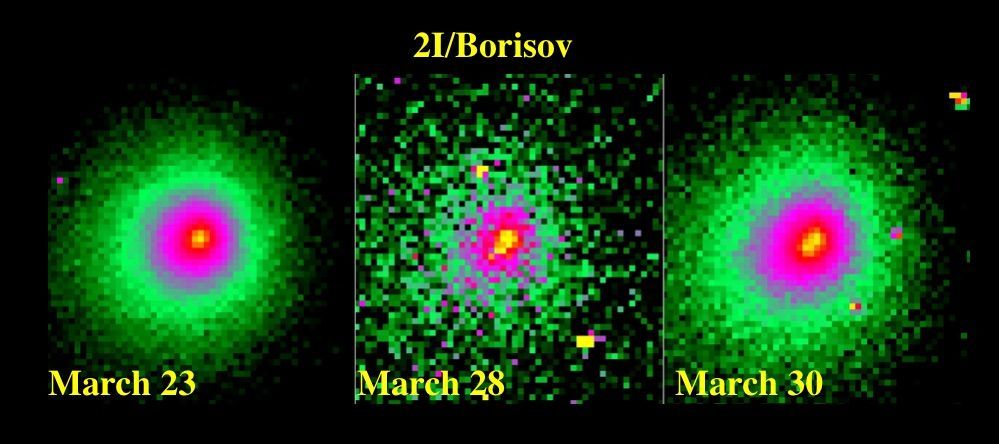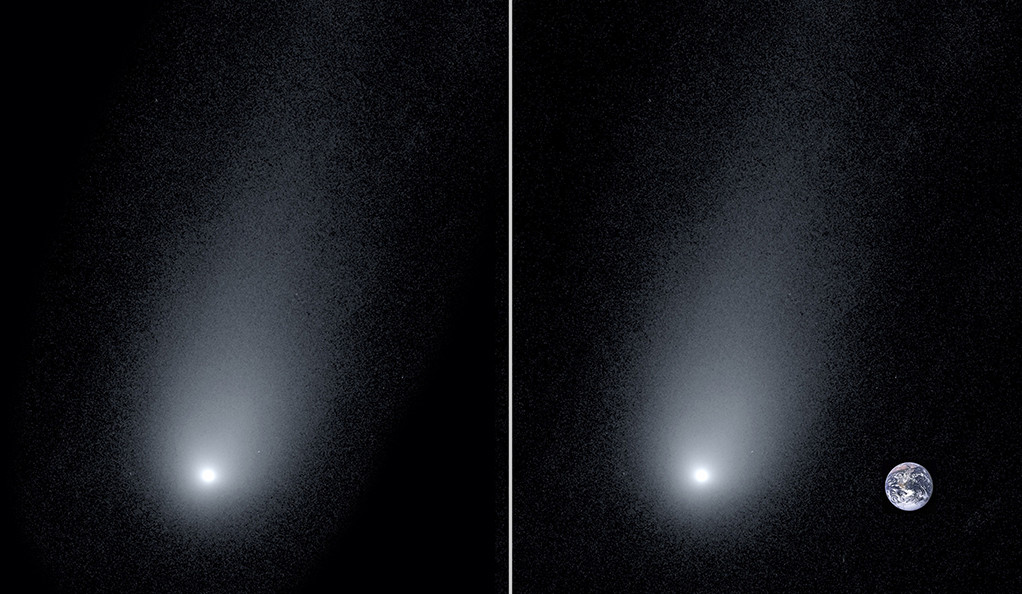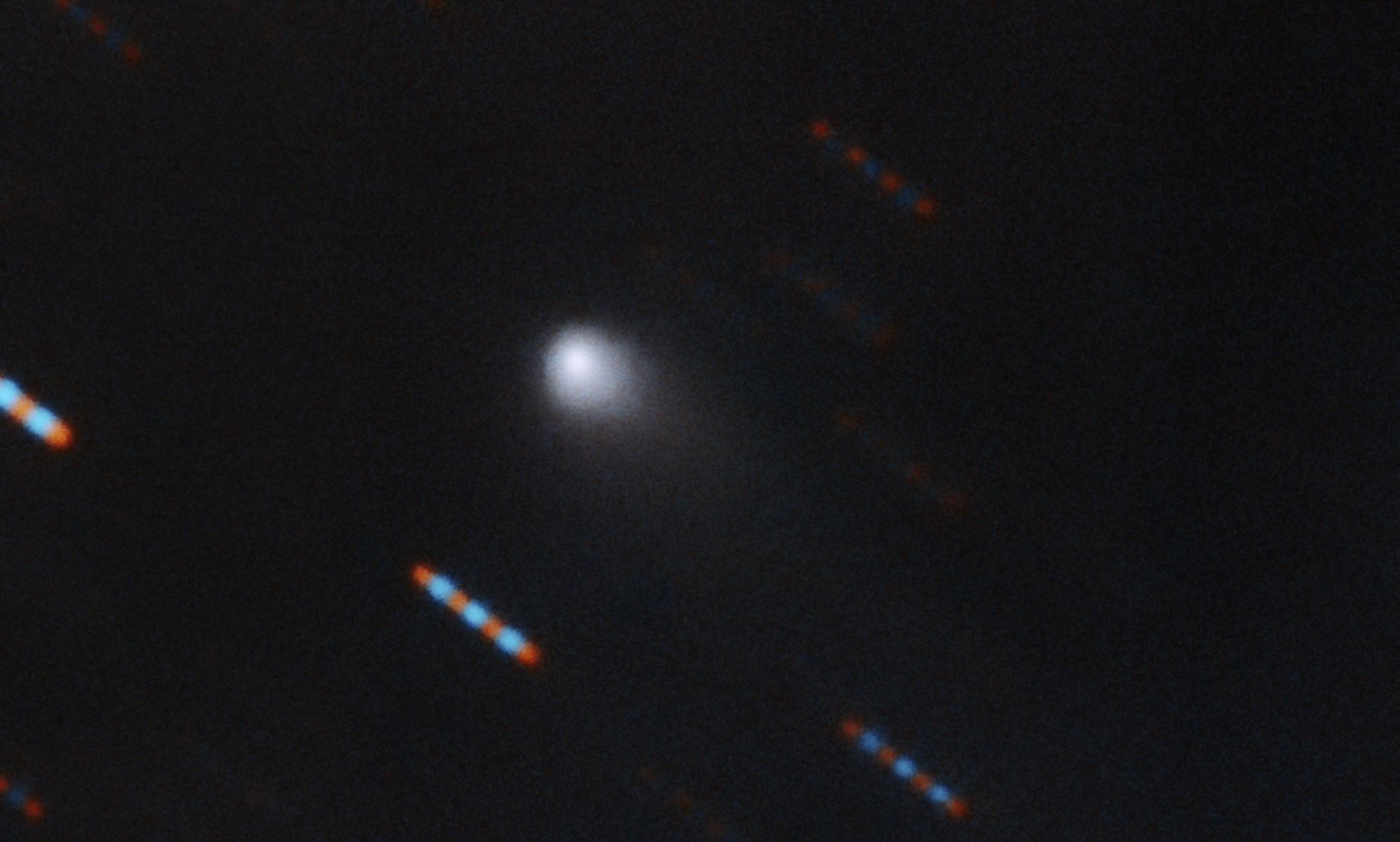In October 19th, 2017, the first interstellar object ever detected flew past Earth on its way out of the Solar System. Less than two years later, a second object was detected, an easily-identified interstellar comet designated as 2I/Borisov. The appearance of these two objects verified earlier theoretical work that concluded that interstellar objects (ISOs) regularly enter our Solar System.
The question of how often this happens has been the subject of considerable research since then. According to a new study led by researchers from the Initiative for Interstellar Studies (i4is), roughly 7 ISOs enter our Solar System every year and follow predictable orbits while they are here. This research could allow us to send a spacecraft to rendezvous with one of these objects in the near future.
Continue reading “There Should be About 7 Interstellar Objects Passing Through the Inner Solar System Every Year”

